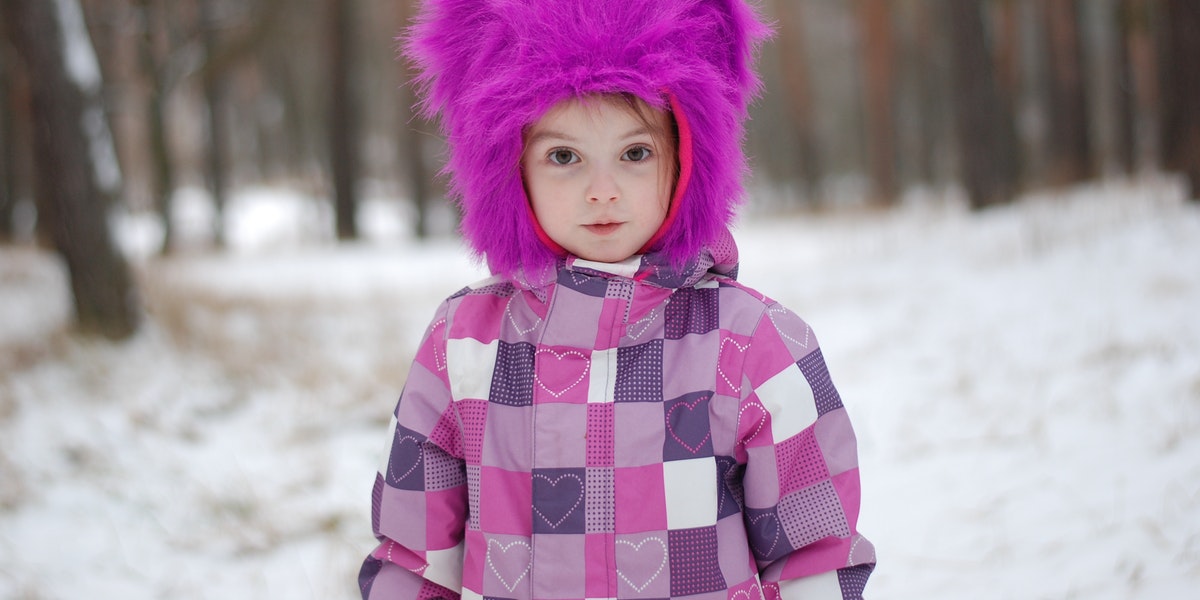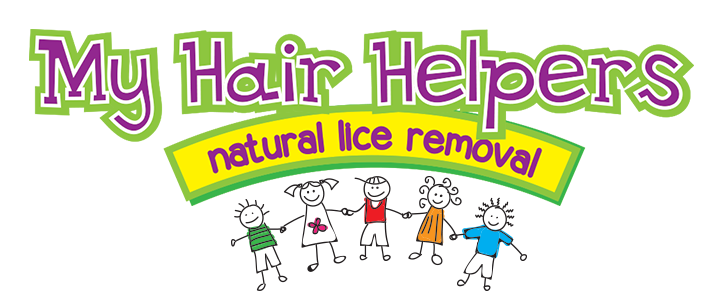In many parts of the country, temperatures are dropping and snow is covering the ground. Many small pests either die or go dormant, so some people assume this includes head lice as well. However, this is not the case. In fact, we often see lice outbreaks during the winter because of the increase in traveling and close contact with friends and family.
Let’s talk more about why lice are so active during the winter and some practical tips for keeping you and your family safe.
Why Lice are Active in the Winter
Lice cannot survive off a human host for very long, nor can they survive in the extreme cold. A nice, warm head of hair is the perfect place for them to hide out. It takes just one female louse to lay 4-5 eggs twice a day. If you multiply this over the louse’s lifespan (about 20 to 30 days), you can see how quickly an infestation can occur.
Head lice are mostly spread through head-to-head contact, such as when kids put their heads together when coloring, playing video games or taking selfies. Over the winter season, kids spend more time indoors. They’re also more likely to have sleepovers over winter break, spend time with extended family for the holidays and travel to see loved ones. All of this creates opportunities for lice to spread far and wide.
Doesn’t Cold Weather Kill Lice?
Lice are resilient, which is why they’re difficult to get rid of. Even though lice don’t like the cold temperatures, they’re not likely to die from them. If this was the case, we would only see lice in the summertime. Lice are found in all countries, regardless of the climate.
Here are a few facts about lice and how they deal with the cold.
- Lice can hold their breath for 8 hours, allowing them to survive cold temperatures.
- Freezing temperatures can kill lice and nits, though this usually won’t happen for several days.
- A louse living on a host will not be affected by the winter weather.
Staying Lice Free in the Winter
If you have a school-aged child at home, lice checks should be part of your regular hygiene routine. These checks are very important because you can catch a louse before it lays eggs. Use a stainless steel lice comb on wet hair for the best results.
Also, remind your child of the importance of not sharing personal items like hats and scarves. While it’s rare for lice to spread this way, it can happen. For example, if an active louse is on a hat that your child is borrowing, it can then spread to them. And, if there is an outbreak at your child’s school, give them added protection with an all-natural lice repellent spray.
If you find your family in need of head lice treatment services over the winter, contact My Hair Helpers. We can check everyone in your family for lice and provide treatment in your home or our salon. We also sell our products on Amazon – this way you can have the same safe, effective products even if you don’t live local.


